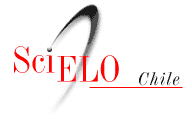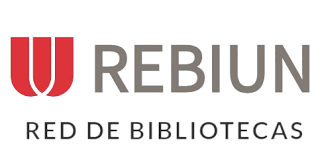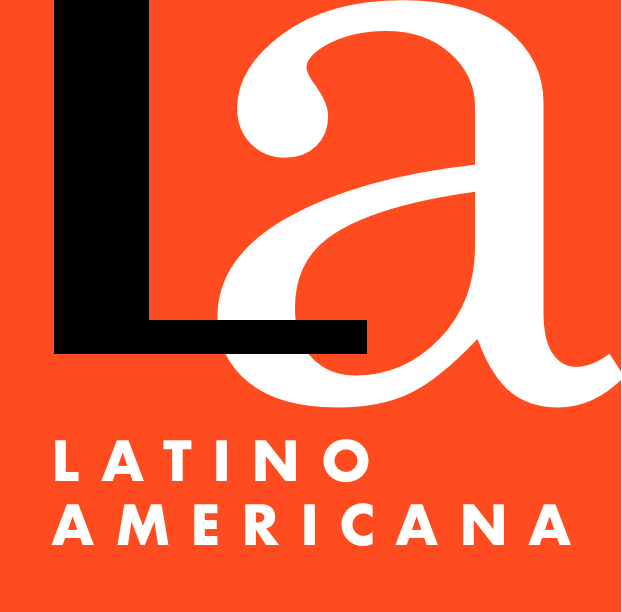Reflections on Intercultural Bilingual Education for the deaf in Mexico
Keywords:
Mother tongue, Bilingualism, Mexican sign language, TeachingAbstract
In this research, a field study is carried out about the sociocultural reality of writing by means of msm in adolescent Deaf students from a qualitative- interpretative approach. The study applies principles supported by grounded theory and the continuous comparative method by Glaser & Strauss (1967) and Strauss & Corbin (2002), as well as Murcia & Jaramillo (2000) proposals on ethnographic complimentary. The research design encompasses three moments: preconfiguration, configuration and reconfiguration. From the results have emerged the following: adolescent Deaf students’ spontaneity in writing using msm, they got identified with this new form of expression which provides them free coding and style. All these allow us to consider a set of criteria about the writing process in adolescent Deaf students which implies that the use of msm can be thought as a tool and/or instrument to facilitate knowledge construction in cognitive, social and cultural realms.
Downloads
Published
How to Cite
Issue
Section
License
Copyright (c) 2009 Revista Latinoamericana de Educación Inclusiva - Latin American Journal of Inclusive Educatio

This work is licensed under a Creative Commons Attribution 4.0 International License.
Creative Commons Attribution (by)
This licence permits the exploitation of the work, as well as the creation of derivative works, the distribution of which is also permitted on condition that express reference is made to the author, i.e. that his/her name appears in any use or act of exploitation of the work.













